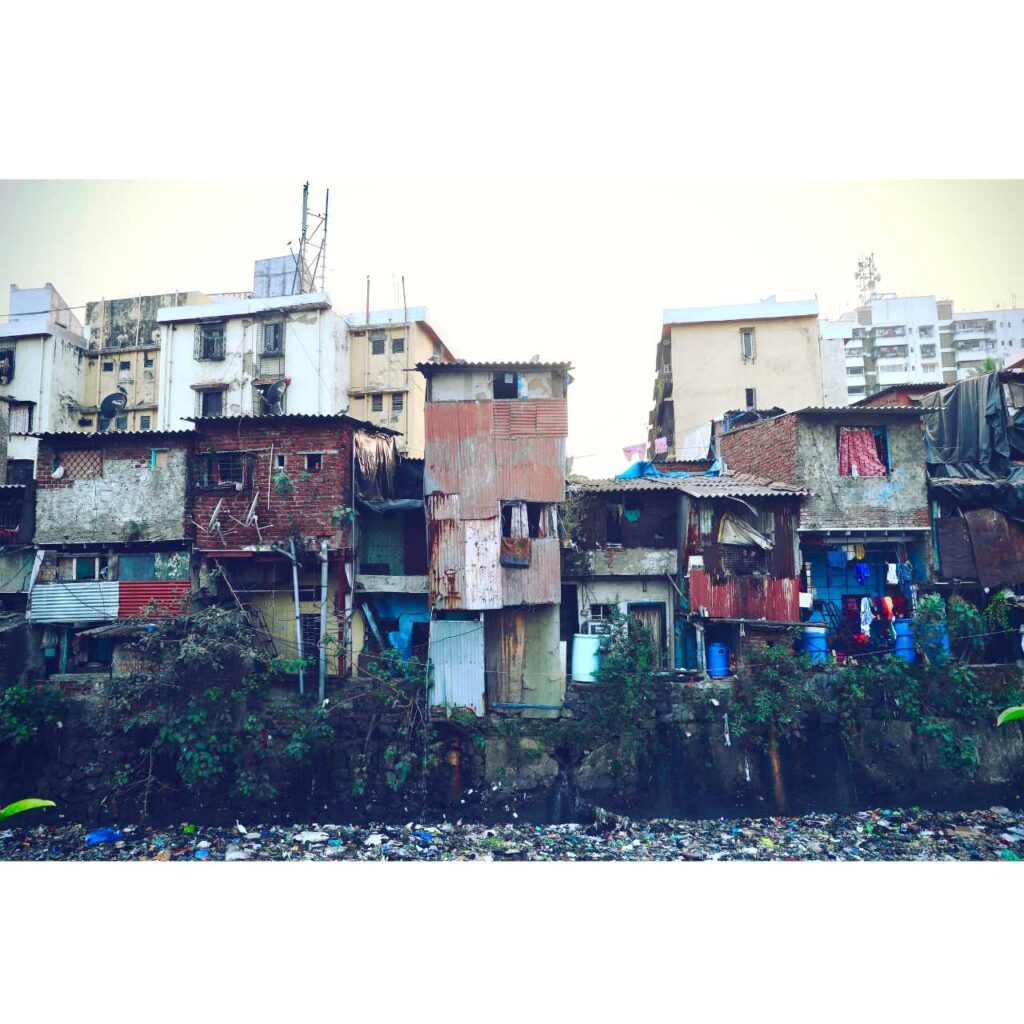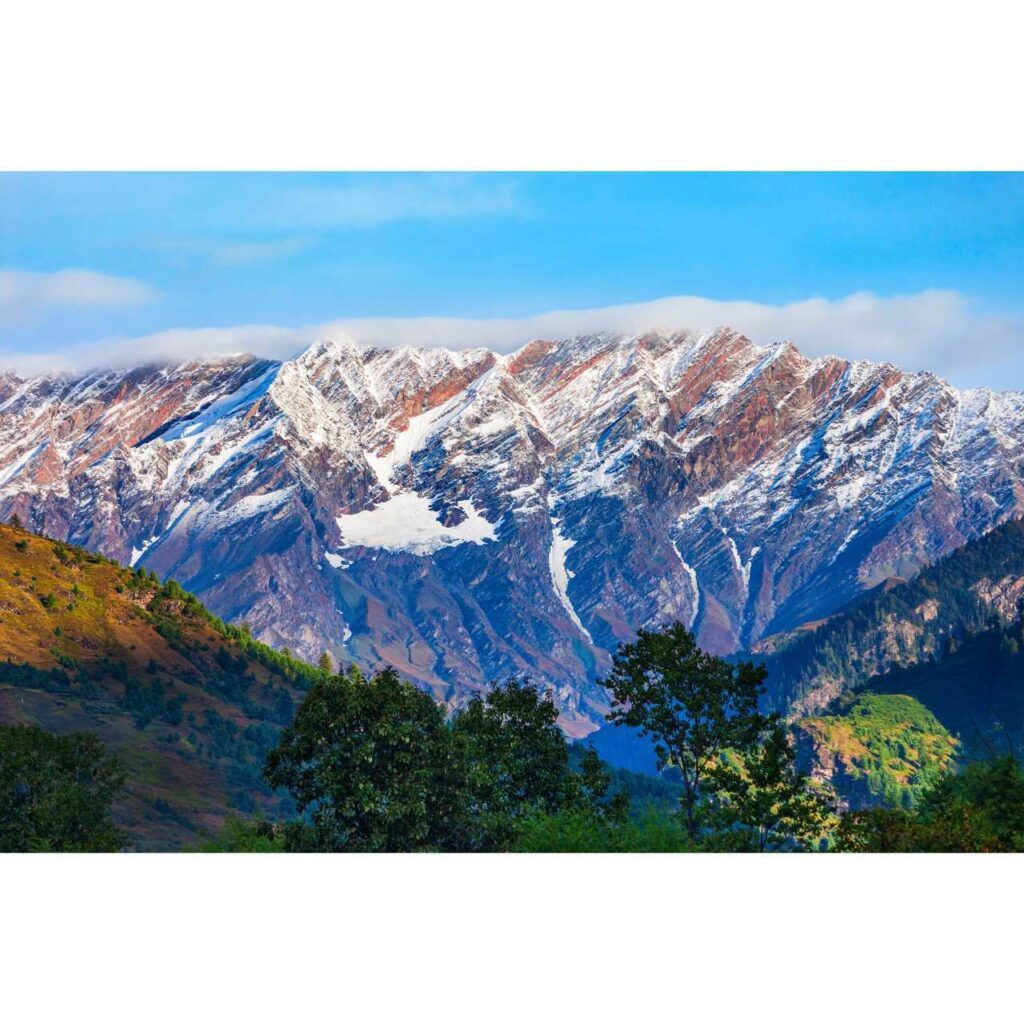India, a land of myriad cultures and landscapes, beckons travelers with its enchanting tapestry. However, like any destination, there are corners that require a cautious approach. In this guide, we’ll delve into seven such places, unraveling the reasons to approach them with care.
1. Dharavi, Mumbai: The Heart of Contrasts
Dharavi, a bustling neighborhood in Mumbai, stands as a testament to contrasts. As the largest slum in Asia, it’s a place of resilience and enterprise. However, visitors should navigate with caution.
Overcrowding Challenges:
Dharavi’s narrow lanes witness intense foot traffic. Visitors should be mindful of personal space and navigate respectfully.
Sanitation Concerns:
While the community thrives, sanitation challenges persist. Tourists should be aware of local conditions and maintain hygiene practices.
Respectful Exploration:
Dharavi is a living, breathing community. Visitors should approach with cultural sensitivity, respecting the daily lives of its residents.
2. Kaziranga National Park, Assam: Wildlife Haven with Cautions
Kaziranga, a treasure trove of wildlife in Assam, demands cautious exploration due to its unique challenges.
Wildlife Encounters:
Home to the one-horned rhinoceros, close encounters can pose risks. Visitors must adhere to guidelines to ensure safety for both humans and animals.
Monsoon Limitations:
Heavy monsoons lead to flooding, impacting accessibility. Travelers should plan their visits carefully, considering seasonal variations.
Conservation Commitment:
To preserve the park’s ecological balance, strict adherence to conservation guidelines is essential for all visitors.

3. Rohtang Pass, Himachal Pradesh: Nature’s Beauty with Caution
Rohtang Pass, a gateway to Leh-Ladakh, is a breathtaking destination, but its beauty comes with certain cautions.
Weather Challenges:
Extreme weather conditions, especially during winters, demand careful planning. Adequate preparation for snowfall is crucial for a safe journey.
Environmental Impact:
High tourist influx contributes to environmental degradation. Responsible tourism practices are vital to safeguard the pass’s pristine surroundings.
Altitude Precautions:
Being at high altitude, travelers should acclimatize gradually to avoid health complications. A cautious approach enhances the overall experience.
4. Jog Falls, Karnataka: Nature’s Marvels with Considerations
Jog Falls, a captivating natural wonder in Karnataka, unveils its beauty with certain considerations for visitors.
Seasonal Fluctuations:
Water flow varies seasonally, and visitors might find the falls less spectacular during dry periods. Planning the visit according to seasonal changes is advisable.
Limited Amenities:
Tourist facilities around Jog Falls are basic. Travelers should be prepared with essentials, ensuring a comfortable and enjoyable visit.
Terrain Awareness:
The rugged terrain surrounding Jog Falls demands careful navigation. Visitors should be cautious while exploring the natural beauty of this region.
5. Thar Desert, Rajasthan: A Mirage of Beauty and Challenges
The Thar Desert, while mesmerizing, requires a cautious approach due to its extreme conditions.
Extreme Temperatures:
Scorching temperatures demand travelers plan visits with consideration for heat-related challenges. Adequate hydration and protective measures are crucial.
Water Scarcity:
The desert faces water scarcity, emphasizing the importance of carrying sufficient water supplies. Responsible water usage is encouraged.
Cultural Respect:
Respecting local customs is integral. Understanding and adhering to cultural sensitivities foster positive interactions with desert communities.
6. Chambal Valley, Uttar Pradesh and Madhya Pradesh: Balancing Nature and Caution
Chambal Valley, known for its historical notoriety, presents a delicate balance between nature and caution for visitors.
Historical Caution:
The region’s history of dacoit activities demands vigilance from visitors. Guided tours with experienced locals enhance safety.
Ecosystem Sensitivity:
Chambal is home to diverse wildlife, and disturbances can affect the delicate ecosystem. Visitors should prioritize responsible exploration.
Guided Exploration:
To navigate the intricacies of Chambal Valley, opting for guided tours ensures a more informed and secure experience.
7. Loktak Lake, Manipur: A Fragile Ecosystem with Cultural Significance
Loktak Lake in Manipur, renowned for its floating islands, calls for a careful exploration, respecting both the environment and local culture.
Floating Islands Fragility:
The unique floating islands require delicate handling to preserve their fragile ecosystem. Visitors should avoid actions that may harm the floating vegetation.
Cultural and Environmental Respect:
Loktak Lake holds cultural significance, and visitors must respect the local customs and environmental importance attached to it.
Weather Considerations:
Manipur experiences varied weather patterns, and travelers should plan visits to avoid adverse conditions, ensuring a more enjoyable exploration.
In conclusion, while India opens its arms to travelers, these seven destinations require a thoughtful and cautious approach. Navigating with respect for local conditions, environmental sensitivities, and safety guidelines ensures a more meaningful and secure exploration of India’s diverse landscapes.



















What do you think?
It is nice to know your opinion. Leave a comment.